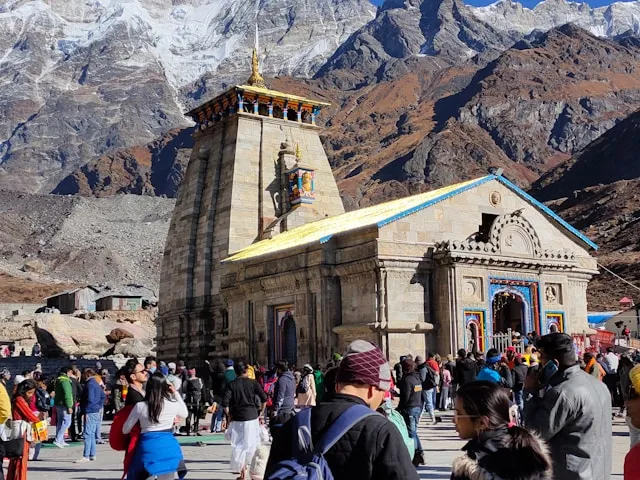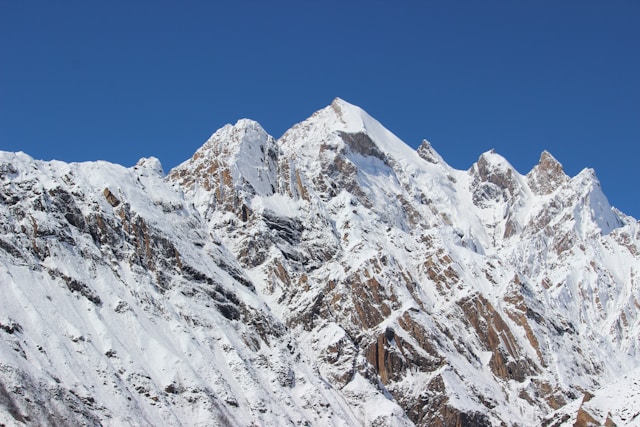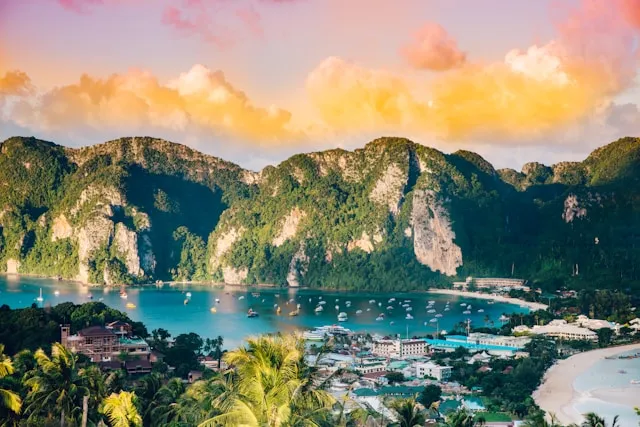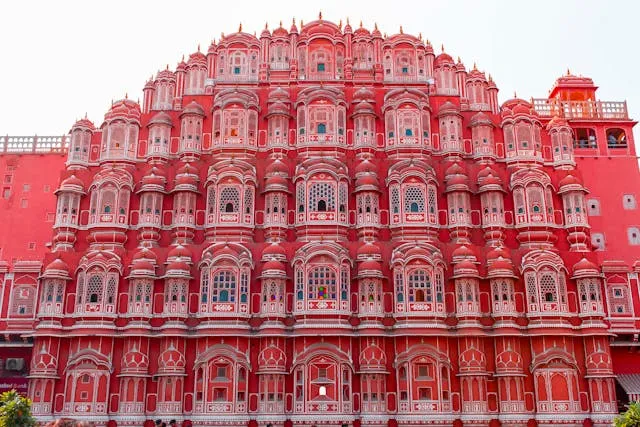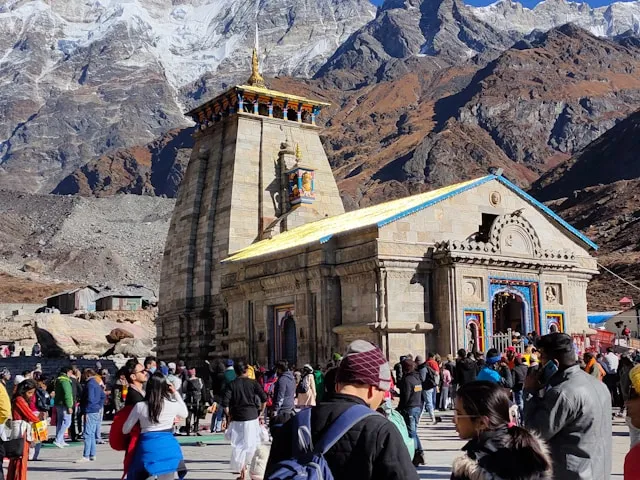Leh Ladakh Travel Guide
Leh Ladakh
About Leh Ladakh Travel Guide
Destination Overview – Leh-Ladakh
Leh-Ladakh, nestled in the northernmost region of India, is a surreal destination where majestic mountains, high-altitude passes, and serene monasteries meet the sky. Known for its stark landscapes, Buddhist culture, and thrilling adventures, Ladakh offers a once-in-a-lifetime experience for travelers seeking natural beauty and spiritual calm.
From the sapphire blue Pangong Lake to the ancient monasteries perched on hilltops and the unforgettable drive on Khardung La—the world’s highest motorable pass—Leh-Ladakh captivates every traveler with its raw charm.
Top Attractions & Places to Visit in Leh-Ladakh
Natural Wonders: Pangong Lake, Tso Moriri Lake, Nubra Valley, Zanskar Valley, Magnetic Hill
Spiritual Sites: Thiksey Monastery, Hemis Monastery, Diskit Monastery, Spituk Monastery
Adventure & Treks: Chadar Trek (Frozen River), Markha Valley Trek, River Rafting in Zanskar
Cultural Landmarks: Leh Palace, Shanti Stupa, Hall of Fame Museum, Stok Palace
Hidden Gems: Turtuk Village, Hanle Observatory, Lamayuru Moonland, Alchi Monastery
Best Time to Visit in Leh-Ladakh
The best time to visit Leh-Ladakh is during the summer months when roads are open and weather is pleasant.
Peak Season: May to September
Events & Festivals: Hemis Festival (July), Ladakh Festival (September), Dosmoche (February)
How to Reach in Leh-Ladakh
Air: Kushok Bakula Rimpochee Airport (Leh) is well-connected to Delhi and major Indian cities.
Road: Accessible via Manali–Leh Highway and Srinagar–Leh Highway (open May to October).
Local Transport: Taxis, bikes, and rented SUVs are common. Public transport is limited. Self-drive options are popular.
Accessibility for Differently-Abled Travelers in Leh-Ladakh
Due to rugged terrain and high altitudes, accessibility is limited in many remote areas. However, hotels in Leh town and some key attractions offer basic accessible facilities. It’s advised to consult local tour operators for customized assistance.
Things to Do & Experiences in Leh-Ladakh
Take a road trip via Khardung La and Chang La passes
Camp beside Pangong Lake under starry skies
Attend a colorful monastery festival
Try yak cheese and butter tea
Ride a double-humped Bactrian camel in Nubra Valley
Explore ancient murals and scriptures in Alchi Monastery
Go stargazing at Hanle, India’s first Dark Sky Reserve
Try biking on the world’s highest motorable roads
Accommodation Options in Leh-Ladakh
Accommodations range from luxury hotels in Leh to eco-camps and homestays in villages.
Popular stays: The Grand Dragon, The Zen Ladakh, Nubra Ecolodge, Pangong Lake camps.
Tip: Book early during peak season. Homestays offer authentic cultural experiences.
Local Cuisine & Dining in Leh-Ladakh
Ladakhi cuisine is simple, hearty, and influenced by Tibetan traditions.
Must-try dishes: Thukpa (noodle soup), Momos, Skyu (local pasta), Butter tea (Gur Gur Chai), Chang (barley drink).
Restaurants: Gesmo Restaurant (Leh), Bon Appetit, The Tibetan Kitchen
Travel Tips & Safety in Leh-Ladakh
Acclimatize for at least 24–48 hours upon arrival to prevent altitude sickness
Carry basic medicines, sunscreen, lip balm, and moisturizers
ATM availability is limited outside Leh—carry sufficient cash
Limited phone network; BSNL and Jio work best in remote areas
Emergency: Police - 100, Ambulance - 108, Tourist Helpline - 1363
Respect monastery customs and avoid disturbing wildlife
Weather Details & Packing Suggestions in Leh-Ladakh
Summer (May–Sep): Warm days, cold nights. Light woollens needed.
Winter (Oct–Feb): Extreme cold. Heavy woollens, gloves, thermals a must.
Packing Essentials: Down jackets, hiking shoes, sunglasses, water bottles, sunscreen, and personal meds.
Currency Exchange & Banking Facilities in Leh-Ladakh
Leh has a few operational ATMs and currency exchange counters. However, remote areas like Nubra or Pangong don’t have banking facilities. Carry enough cash for travel beyond Leh.
Connectivity & SIM Card Info in Leh-Ladakh
Only postpaid SIM cards work in Leh-Ladakh. Jio, BSNL, and Airtel provide decent coverage in Leh and nearby areas. Internet is slow but improving. Most guesthouses offer limited Wi-Fi.
Itinerary Suggestions in Leh-Ladakh
3-Days: Leh city, Shanti Stupa, Magnetic Hill, Hall of Fame, Monasteries
5-Days: Add Nubra Valley, Khardung La, Diskit, and Hunder
7-Days+: Include Pangong Lake, Tso Moriri, Zanskar Valley, Alchi, and Lamayuru
Shopping & Souvenirs in Leh-Ladakh
Buy prayer flags, woolen shawls, Tibetan jewelry, pashmina, handmade masks, thangka paintings, and apricot products.
Popular markets: Leh Main Bazaar, Tibetan Market, Moti Bazaar
Cultural & Historical Background in Leh-Ladakh
Ladakh has deep roots in Tibetan Buddhism and was historically part of the Silk Route. Monasteries like Hemis and Lamayuru preserve ancient scripts, art, and traditions. Its strategic position also makes it geopolitically important.
Best Transport Options in Leh-Ladakh
Bikes and SUVs are the most reliable transport options for exploring the region. Taxis with fixed rates are available in Leh. For long trips, hire local drivers familiar with high-altitude terrain.
Nearest Railway Stations in Leh-Ladakh
Leh has no railway station. Nearest stations are Jammu Tawi (approx. 700 km) and Chandigarh (approx. 800 km). From there, one must drive or fly to Leh.
User Reviews & Testimonials in Leh-Ladakh
“Ladakh’s raw natural beauty and peaceful monasteries are unmatched. It felt like another world.” – Pooja K.
“Our trip to Pangong and Nubra was magical. Every view is postcard-worthy.” – Rahul S.
“Stargazing in Hanle was the highlight of our trip. You can see the Milky Way!” – Neha M.
“Biking through Khardung La was tough but totally worth it.” – Aditya V.
“The warmth of the locals and their simplicity left a deep impact.” – Kavita J.
FAQs About Visiting in Leh-Ladakh
Is Leh-Ladakh safe for solo travel?
Yes, it’s safe but basic precautions and proper acclimatization are necessary.
Do I need a permit to travel in Ladakh?
Yes, Indian and foreign tourists need an Inner Line Permit for Nubra, Pangong, Tso Moriri, etc. Easily available online or via local travel agents.
How many days are enough for Ladakh?
A 6–8 day trip is ideal to explore major areas and acclimatize properly.
What are the altitude sickness symptoms?
Headache, nausea, shortness of breath. Avoid exertion for first 1–2 days.
Can I visit in winter?
Yes, but only for experienced travelers. Conditions are harsh but beautiful.
Are there ATMs in remote areas?
Only Leh town has reliable ATMs. Carry cash when venturing out.
Is vegetarian food easily available?
Yes. Most local food is vegetarian-friendly.
Can I use my prepaid SIM in Ladakh?
No. Only postpaid SIMs work in Ladakh.
Are drones allowed?
Not without proper permissions due to military presence.
Sustainability & Responsible Tourism in Leh-Ladakh
Ladakh is ecologically sensitive. Travelers are encouraged to minimize plastic use, avoid off-road driving, respect local customs, and support community-based tourism. Carry reusable bottles and bags, and avoid littering in remote areas.
Need a Leh Ladakh Travel Guide Customized Itinerary?
Let us create your perfect Leh Ladakh Travel Guide journey

Gallery

Weather
Location Map
Leh Ladakh
Latest Blog Posts
Latest News: Ultimate Leh Ladakh Travel Guide 2025, 2026 | Top Attractions & Tips
What Our Travelers Say
Real experiences from our valued customers
"A great trip to the Vaishno Devi temple. The arrangements were comfortable, and the spiritual energy was absolutely rejuvenating."
Meena Gupta (Hyderabad, India)
"he Shirdi Sai Baba trip was absolutely wonderful! A great way to connect spiritually, and the logistics were flawless."
Priya Mishra (Chennai, India)
"The trip to Haridwar and Rishikesh was spiritual and well-managed. Truly a memorable and fulfilling experience."
Daniel Young (Rome, Italy)
"The trip to Amritsar was life-changing. The team did an amazing job at organizing everything. The Golden Temple is magical."
Victor Martinez (Madrid, Spain)
"Thailand was a perfect mix of adventure and relaxation. We loved the island tours and the food was spectacular. The travel arrangements made everything so easy!"
Kiran Reddy (Hyderabad, India)
"Nepal’s spiritual sites, especially Lumbini and Pashupatinath, were deeply enriching. The trip was organized effortlessly, and the serenity of the places left a lasting impact on me."

